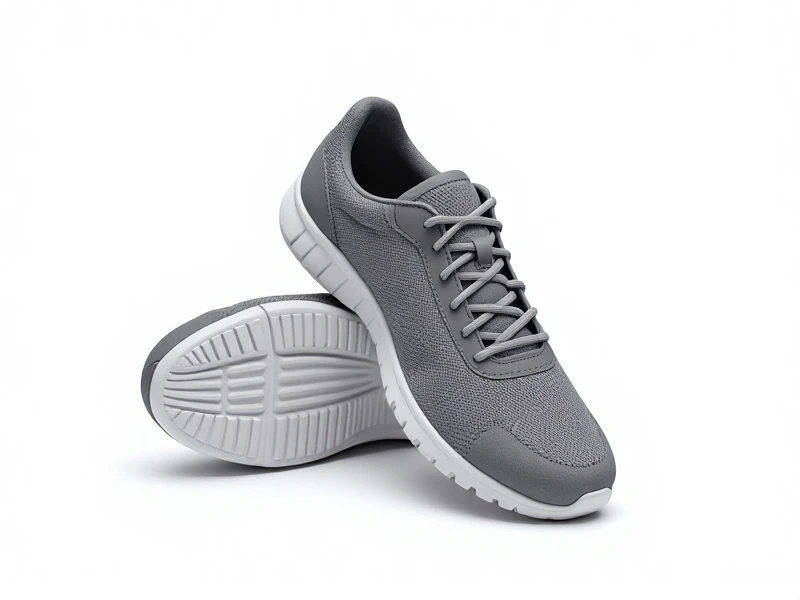
Your Perfect Pair: Why Basic Running Shoes Are All You Need to Start Strong
Let's be real, starting to run can feel overwhelming with fancy gear claims everywhere. But here's the secret: the smartest first step is often the simplest with basic running shoes. Forget the hype; a solid, no-frills pair is your essential foundation for comfort, consistency, and building a lasting running habit.
What Are Basic Running Shoes? Think of them as the reliable workhorses of the running world. These shoes typically fall into the "neutral" category, offering balanced cushioning, dependable support, and a versatile design. They prioritize essential function over specialized features meant for specific gaits or ambitious speeds. Brands offer excellent models in this category – look for terms like "daily trainer" or "neutral cushioning."
Why Choose Basic Running Shoes First?
- Optimal Comfort & Fit: The primary goal of basic running shoes is to provide a comfortable, secure fit right out of the box. They feature ample cushioning (not minimal, not max) to absorb impact effectively, crucial for protecting joints as you start clocking miles. A proper fit is paramount – always try shoes on later in the day when feet are naturally slightly swollen, wear running socks, and ensure a thumbs-width space beyond your longest toe.
- Durability for Daily Miles: Designed for regular training, these shoes boast resilient midsole foam and tough outsoles that withstand pavement and paths. This durability means great value, lasting for many runs before needing replacement. (Pro-tip: Track your mileage! Replace basic running shoes every 300-500 miles as cushioning breaks down).
- Versatility is Key: Unlike highly specialized trainers (racing flats, maximalist cushion boots, or motion-control shoes), basic running shoes adapt brilliantly. They handle runs from effortless jogs and steady miles to light gym workouts or daily walks effortlessly. This makes them incredibly practical and cost-effective for new runners exploring different routines.
- Foundation for Growth: Starting simple allows your body, especially your feet and legs, to adapt naturally to running's demands. Expensive shoes with aggressive features can sometimes mask underlying weaknesses or form issues. Building strength and technique in a neutral basic running shoe sets a healthier, more adaptable long-term base.
- Focus on the Run, Not the Gear: Getting caught up in complicated tech specs can distract from the joy of running itself. A comfortable, reliable pair of basic running shoes removes equipment anxiety, letting you concentrate on consistency, breathing, and simply putting one foot in front of the other.
Finding Your Pair: Visit a specialty running store if possible. Experienced staff will watch your gait (even briefly) and assess your foot shape to recommend the best neutral, basic running shoes for your feet. Comfort should always be the ultimate deciding factor over looks or trends.
The Bottom Line: Don't underestimate the power of starting simple. Investing in the right pair of basic running shoes isn't settling; it's a strategic choice promoting comfort, building consistency, and safeguarding your journey from the very first step. Forget the bells and whistles. Find your comfortable, supportive neutral trainer, and enjoy that reliable ride toward your running goals.